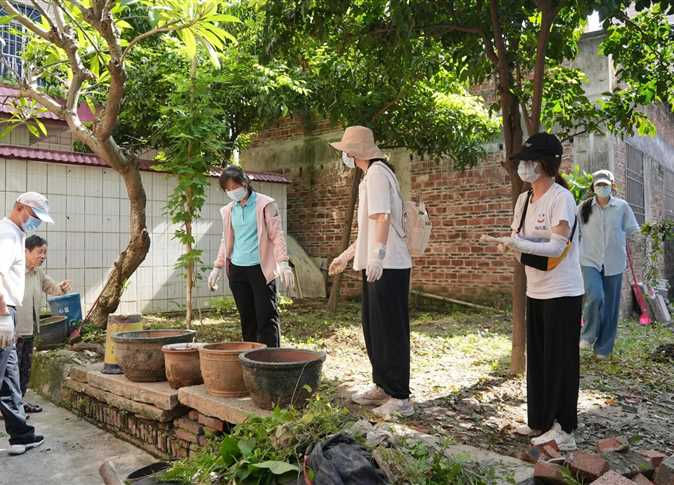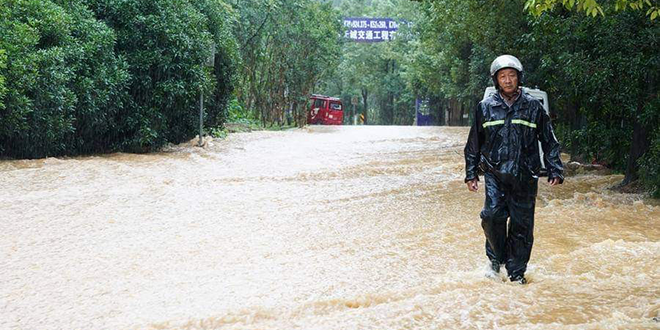China Begins Construction of World's Largest Hydroelectric Dam: "Project of the Century" Sparks Concerns in Neighboring Countries
- Next News
- Jul 22
- 2 min read
China announced on Monday the commencement of construction for the world's largest hydroelectric dam, to be built in the southwestern part of the country at an estimated cost exceeding $165 billion. This colossal project, dubbed the "Project of the Century" by Chinese Premier Li Qiang, is part of the country's 14th Five-Year Plan, initially announced by China in 2020.

The project, slated to be built on the Yarlung Tsangpo River, aims to significantly enhance China's renewable energy capabilities. The dam will consist of five cascading hydropower stations in the lower reaches of the river, and these stations are expected to generate approximately 300 million megawatt-hours of electricity annually, according to China's official Xinhua News Agency. To illustrate the scale of this project, it is worth noting that China's Three Gorges Dam, currently the world's largest hydroelectric dam, cost around $35 billion and produces 88.2 million megawatt-hours of electricity.
Neighboring Countries' Concerns and Environmental Implications
Despite China's ambitions in clean energy, this project raises significant concerns in the downstream countries: Bangladesh and India. The British newspaper "The Guardian" reported that fears are centered around the possibility of China impounding or diverting water away from their territories, which could threaten the livelihoods of millions of people who depend on the river for agriculture and drinking water. The river, known as the "Brahmaputra" in India, flows into Indian territory and then continues towards Bangladesh.
India has officially expressed its concerns about this project. However, Chinese officials have affirmed that their country is not seeking "water hegemony" and is not acting to "achieve its interests at the expense of its neighbors." Beijing stressed that the project will create jobs in the region and contribute to advancing renewable energy. Last December, a spokesperson for the Chinese Ministry of Foreign Affairs affirmed that China would continue to maintain channels of communication with downstream countries to ensure transparency and cooperation.
In addition to geopolitical concerns, residents of Tibet have expressed fears of displacement of local populations and concern for the sacred sites scattered along the river that could be affected by the dam's construction. In the same vein, environmental activists have voiced profound concern about the potential impact of this project on the wildlife in the region, which is characterized by its unique biodiversity.
While China, the world's largest emitter of carbon, seeks to expand its renewable energy projects to reduce emissions and secure energy supplies, this massive project presents a significant challenge for it in balancing its developmental ambitions with its regional and environmental responsibilities.









Comments